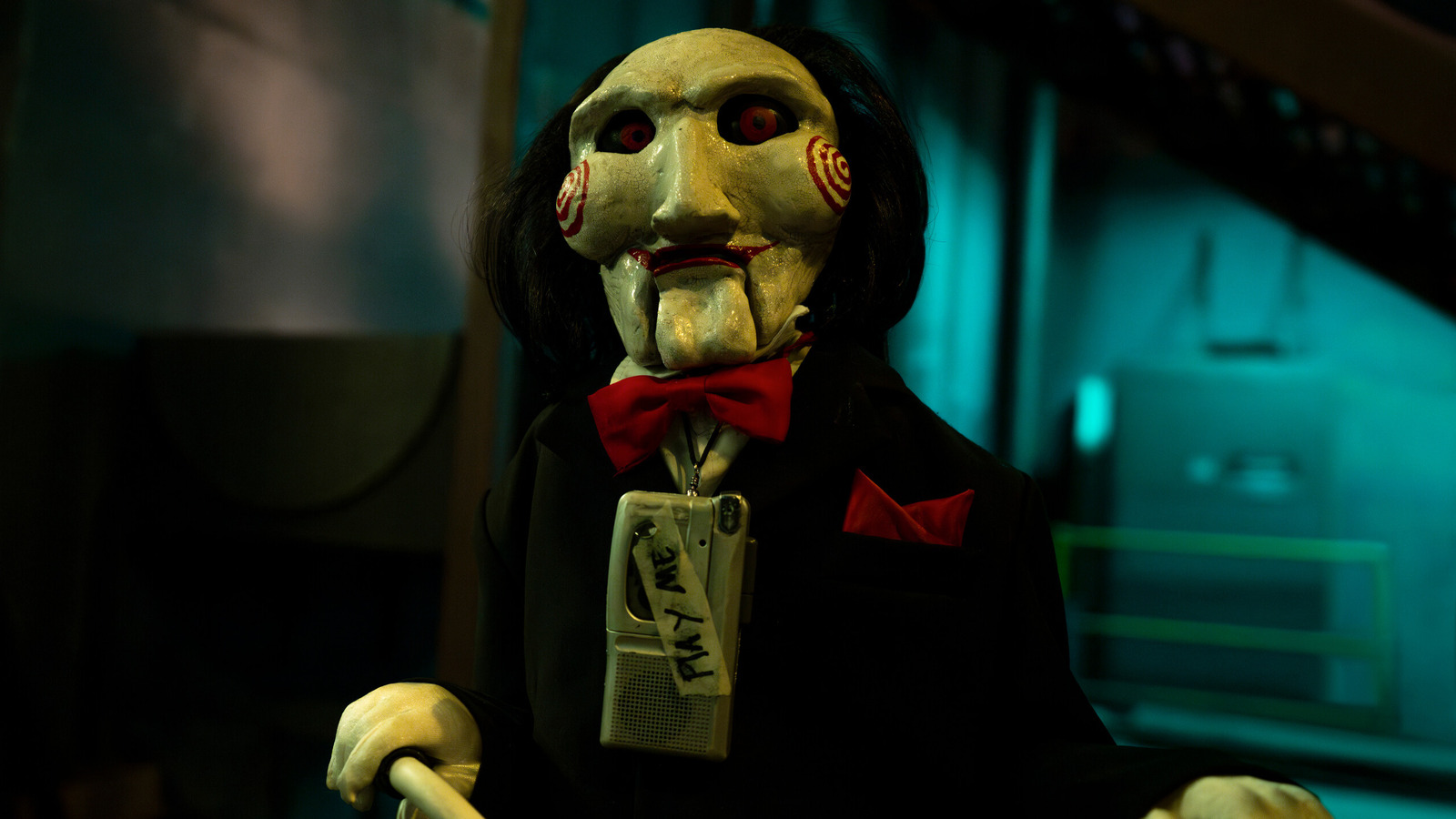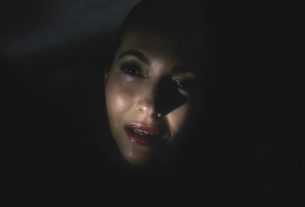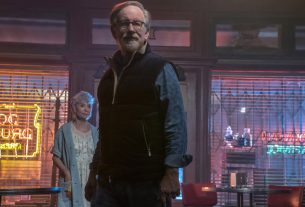
Also, you mentioned James Wan, and I just have to say you did “Dead Silence,” which I think is a wildly underrated movie. I absolutely love “Dead Silence.” My very first Redbox movie, oddly, was “Dead Silence.” Way back in the day, it was my best friend, the weird place that holds in my personal history. You worked with a lot of shockingly great directors and you worked with M. Night Shyamalan, if I’m not mistaken, on “Wayward Pines.” What was it like working with him? Because he feels like a very specific guy. He feels like someone who has a very specific vision.
The scores to most of M. Night’s movies, I know that James Newton Howard has done a lot, if not most, and maybe all of them. That’s very rich and orchestral, and a very tactile kind of approach. “Wayward Pines,” it’s funny, even though it’s technically a science fiction tale with elements of time travel and zombie apocalypse elements to the storyline, as we were beginning the process, I was only shown the very first episode, and began scoring the first episode without having read the books and knowing the larger arc of the story. Which, as it turned out, was a smart choice on their part, to throw me in cold, because there was a bit of a misdirect for the audience in the way that the story progresses. In the first episode, we sort of think it might be a “Twin Peaks” kind of story, where there’s this weird little mountain town and everybody’s in on something, but you don’t quite know what it is.
[Massive spoilers for “Wayward Pines” ahead.]
As the series progressed and we moved through the episodes, it’s revealed that it’s thousands of years in the future and mankind has mutated into these quasi-human beings, and this little mountain town is sort of the last walled refuge of humankind. It was kind of a smart choice on the part of the producers to just drop that one episode in my lap and let me score that as if that was the direction that the series was going to go. Then once the twist is revealed, it opens up this much more epic large-scale zombie apocalypse kind of soundscape in the music. But that first episode, I scored it as if it was just this claustrophobic, weird little mountain town and people are playing mind games with each other. So it was really fun that I was misdirected in the same way that the audience was.
As the series progressed, I was able to add more large-scale, epic sounds and themes into the score, and that was a nice path to go down because I was going down it much as the audience would, with a misdirection at the beginning and then a twist reveal.
You scored what I thought was the most interesting episode of “Fear Itself” [titled “New Years Day”], which Darren directed, which was that very fascinating take on a zombie story. You don’t really know what’s going on until the very end. You mentioned you’re not steeped in horror. So how did that impact your approach to scoring a zombie film?
I try to follow the arc of the story and not give away the twist by means of the music. If that means that the front half of the score has different sounds and a more constrained feeling before some sort of sonic explosion, and expansion of the sound and size of the score when that twist ending is revealed. I love that aspect of movies with a twist that don’t just start off at full tilt and stay that way, but might start off small and let the music almost be a misdirection, much like the story is, until the horrible truth is eventually revealed.
You’ve done 10 “Saw” movies now. That’s a lot of one thing, but a lot of the movies are very different. We talked about going from “Spiral” to “Saw X,” but is there an essential element to “Saw” music? A key ingredient?
There are some elements in the score for all of the “Saw” movies that I subconsciously feel like they have to be there. Whether it’s a particular sound, like the sound of a violin bow on this bow metal instrument that I have or whatever. So there are some sonic molecules that I always feel can only be used in a “Saw” movie that I don’t use anywhere else, in any other type of scoring project. But there are also some musical tendencies besides the obvious “Hello Zepp” theme that appears at the end of each movie, and some of the other more memorable little musical motifs that are sprinkled throughout and refer to certain characters or certain phases within the franchise.
There are other more philosophical musical approaches that I always use in “Saw” movies. For instance, one tendency I have is that all the chord progressions and where the root node is, where your left hand is on the keyboard, is always moving downwards and never upwards so that it sounds like the music is always transposing down, and dragging the characters and the audience down into some dismal pit. I do that just because it seems to make philosophical sense. But the side effect of that is that it allows for a huge contrast in those two or three moments when I then reverse direction and begin moving upwards across the scale.
That can have the effect of making those moments much more impactful because we’ve been waist deep in the murk that’s always moving downwards and things are just getting lower and lower in pitch throughout the entire score until, at some point, it’s like a switch gets flipped and the music starts moving upwards and it creates a very marked contrast. Those kinds of little philosophical game plans really help to shape the overall arc of the scores of most of the movies. I would also like to think they help to make those scores sound a little different to maybe more thematic and melodically-oriented horror scores in other films.
This is “Saw 10.” We know how this business goes. If it makes money, it doesn’t matter, they’re going to find a way to do another one. Is this the last one for you? Or if they call you for “Saw 15,” are you going to do it?
I will do them all. They’re going to have to pry the “Saw” franchise from my cold dead hands. I love doing them and I by no means feel like I’ve exhausted the possibilities, so I’m anxiously awaiting to see what they come up with next, and I’m 100% on board.
“Saw X” hits theaters on September 29, 2023.

![Saw X Composer Charlie Clouser On Providing Jigsaw’s Deadly Soundtrack For Nearly 20 Years [Exclusive Interview] Saw X Composer Charlie Clouser On Providing Jigsaw’s Deadly Soundtrack For Nearly 20 Years [Exclusive Interview]](https://movieanywhere.xyz/wp-content/uploads/2023/09/l-intro-1695823709.jpg)


